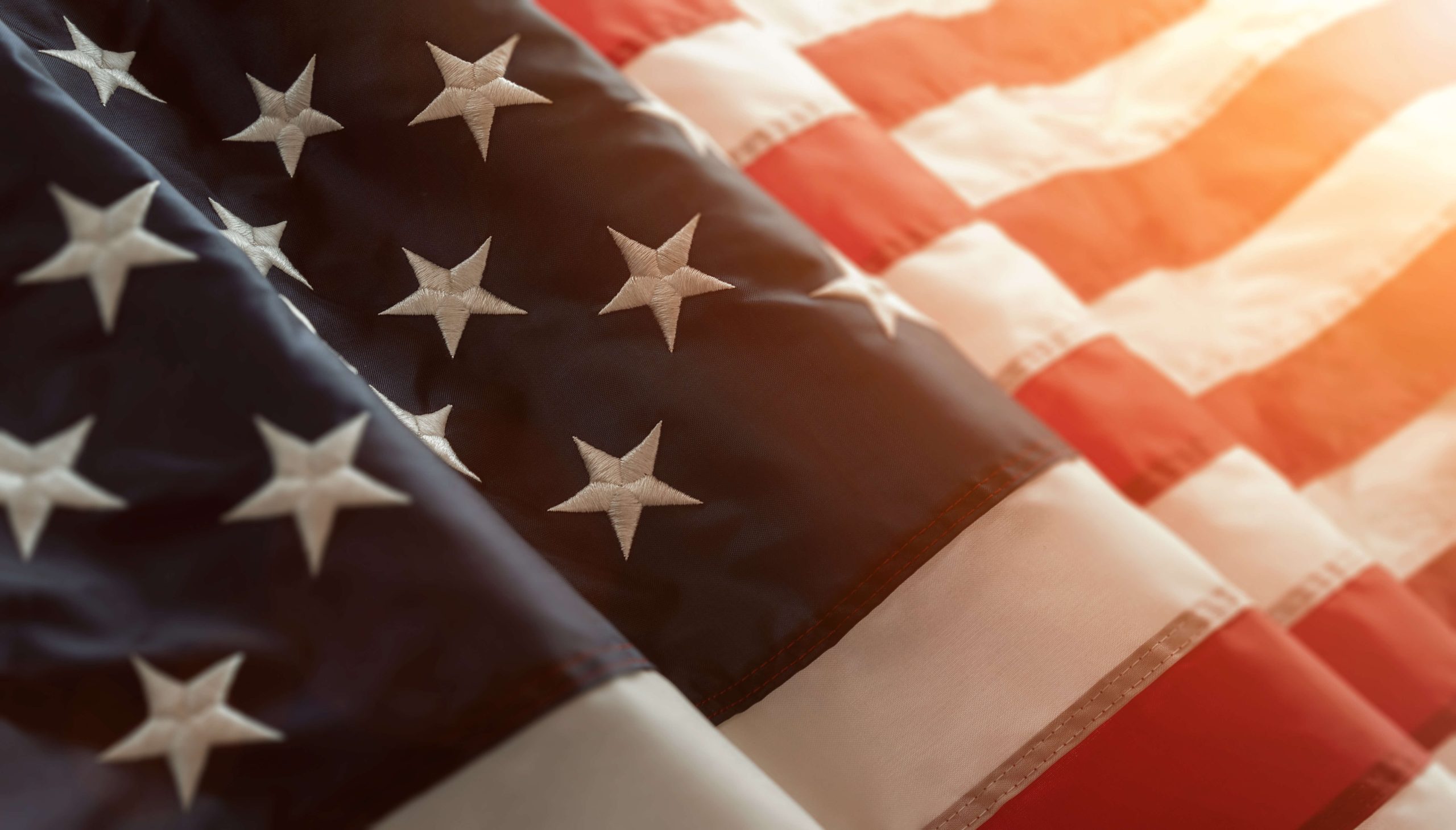POTUS Issues Executive Order on AI Framework. On October 30, 2023, President Biden issued the “Executive Order on the Safe, Secure, and Trustworthy Development and Use of Artificial Intelligence” (EO). According to its terms, the executive order sets forth “a coordinated, Federal Government-wide approach” to the responsible development and implementation of artificial intelligence (AI) technology. While the U.S. Congress has had hearings and discussions about various aspects of AI, and agencies, such as the U.S. Equal Employment Opportunity Commission (EEOC), have issued some guidance on the subject, this week’s EO sets the first real actionable road map for the federal government’s approach to AI. Regarding workplace issues, the EO instructs federal agencies to take steps to ensure that AI experts travel to and work in the United States, and it requires the U.S. Department of Labor (DOL) to publish best practices for employers on how to “mitigate AI’s potential harms to employees’ well-being,” as well as guidance on the interplay of AI and the Fair Labor Standards Act. The EO also instructs the DOL to publish “guidance for Federal contractors regarding nondiscrimination in hiring involving AI and other technology-based hiring systems.” Michael A. Masse and Daniel J. Ruemenapp have the details on the immigration-related aspects of the EO on AI.
EEOC Deadlines. Employers may want to be aware of two significant EEOC-related dates announced this week.
• EEO-1 filing. This week, the EEOC announced the opening of its EEO-1 Component 1 data collection. Covered employers’ EEO-1 data is due to the Commission by December 5, 2023. The EEOC has published an updated instruction booklet for filers.
• Harassment guidance one step closer. November 1, 2023, was the deadline for stakeholders to submit comments in response to the EEOC’s proposed “Enforcement Guidance on Harassment in the Workplace.” The proposed guidance addresses recent changes in federal antidiscrimination law and policy, including the EEOC’s “position on important legal issues,” such as harassment based on pregnancy or childbirth, harassment based on sexual orientation and gender identity, “virtual” harassment (e.g., via video conferences), and when social media posts can contribute to a hostile work environment.
Child Labor Update. Policymakers in Washington, D.C., continue to explore ways to address unlawful child labor. According to recent blog post authored by DOL Wage and Hour Division Administrator Jessica Looman, from October 2022 through September 2023,
the division concluded 955 investigations that found child labor violations, holding more employers accountable for such violations than in any year in the last 15 years. [The division] also found almost 5,800 kids employed in violation of the law, an 88% increase in the number of children employed in violation since 2019. Finally, [the division] assessed more than $8 million in penalties for child labor violations, an 83% increase compared to last year.
Meanwhile, Congress remains hard at work on the issue:
• Late last week, a bipartisan group of senators introduced the “Child Labor Accountability Act of 2023,” which extends from thirty to ninety days the time during which the DOL can bring actions to halt the shipment of “hot goods” produced by child labor.
• Also last week, Senators Josh Hawley (R-MO) and Cory Booker (D-NJ) introduced the “Preventing Child Labor Exploitation Act,’’ which would require federal contractors to make an annual disclosure to the secretary of labor regarding “whether, within the preceding 3-year period, any administrative merits determination, arbitral award or decision, or civil judgment, as defined in regulations issued by the Secretary of Labor, has been issued against the entity, or any subcontractor of the entity.” (This is language borrowed almost verbatim from President Obama’s “Fair Pay and Safe Workplaces” executive order.)
• Finally, the Children Harmed in Life-Threatening or Dangerous (CHILD) Labor Act of 2023 (H.R. 6079), introduced by Democrats in the U.S. Senate and U.S. House of Representatives would extend child labor liability up and down the contractor/subcontractor chain, dramatically increase fines and penalties for child labor violations, and provide that the secretary of labor “may seek records related to any contractor or subcontractor at any tier of any person suspected of a violation of [child labor prohibitions] and may request any annual profit or loss statement of any such person or any contractor or subcontractor of such person.”
It is always challenging to pass legislation in Congress, but the bipartisan appeal of cracking down on unlawful child labor makes this a space worth watching.
NLRB and OSHA Partner in MOU. On October 31, 2023, the National Labor Relations Board (NLRB) and the Occupational Safety and Health Administration (OSHA) announced that the two agencies had entered into a memorandum of understanding to establish “a process for information sharing and referrals, training, and outreach between the agencies.” The memorandum generally focuses on referrals between the agencies. For example, a Board official investigating an unfair labor practice is instructed to share information with and refer employees to OSHA, if the Board investigator is made aware of potential workplace safety violations. Further, the memo states, “In appropriate cases and to the extent allowable under law, the agencies will determine whether to conduct coordinated investigations and inspections.” The Board has also entered into similar agreements to conduct coordinated investigations and inspections. In 2022, the Board entered into agreements with the Federal Trade Commission (FTC) and the U.S. Department of Justice (DOJ).
OFCCP Issues New Pre-Complaint Form. On November 11, 2023, the Office of Federal Contract Compliance Programs (OFCCP) introduced a new pre-complaint inquiry form. According to the press release, “The pre-complaint inquiry allows employees and applicants to share their concerns about employment discrimination and can assist in determining if filing a complaint with OFCCP is the right choice.” Importantly, submitting a pre-complaint inquiry form to OFCCP does not extend the statute of limitations period for filing a complaint. Complainants alleging discrimination on the basis of their disability or veteran status have 300 days from the employer’s action to file a complaint, while claims involving other protected classes, such as race, sex, or religion, have 180 days.
Re-Clay-ming His Seat. On October 30, 1815, Kentucky Representative Henry Clay won a special election to reclaim his membership in the U.S. House of Representatives. In early 1814, Clay resigned from Congress to accompany a team of U.S. diplomats to Great Britain in order to negotiate an end to the War of 1812. While overseas, Clay was elected to serve another term in the House from 1815 to 1817. After helping to secure terms in the Treaty of Ghent, which ended the war, Clay traveled to London with Treasury Secretary Albert Gallatin, where he subsequently signed a commercial treaty with England. Unfortunately for Clay, signing a treaty while being a member of the House violated Article I, Section 6, Part 2 of the U. S. Constitution, which provides that “no Person holding any Office under the United States, shall be a Member of either House during his Continuance in Office.” This separation of powers provision ensures that members of Congress do not simultaneously serve in the executive or judicial branches. Kentucky Governor Isaac Shelby called Clay out for his violation and declared Clay’s seat vacant. Clay was forced to win it back in a special election. Clay would go on to be elected Speaker of the House six times, a U.S. senator from Kentucky, and the ninth U.S. secretary of state.





